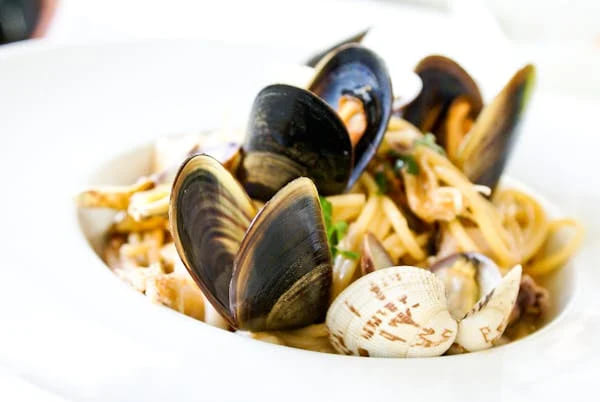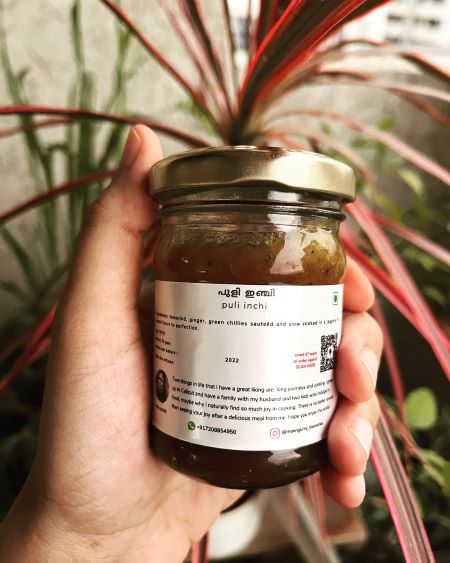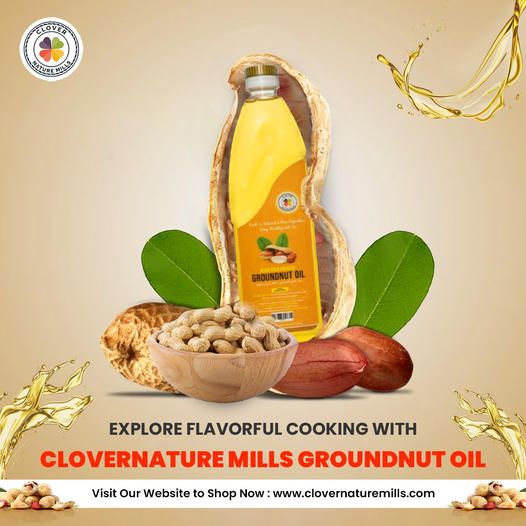
Filipino Flavors at Shore Time Pinoy’s Buffet in Doha
Craving a taste of home or eager to explore the rich culinary heritage of the Philippines? Shore Time Pinoy in Doha,










© 2024 Crivva - Business Promotion. All rights reserved.